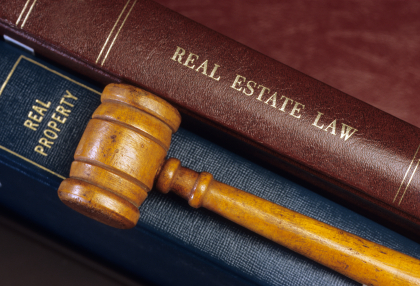Nuisance: When Does Strict-Liability Apply?

NUISANCE AS A TYPE OF LEGAL INJURY
Under Texas law, the term“nuisance” refers not to a defendant’s conduct or to a legal claim or cause of action but to a type of legal injury involving interference with the use and enjoyment of real property. Though once recognized as an independent cause of action, nuisance is no longer characterized as a claim in its own right.
Today we clarify that the term“nuisance” does not refer to the “wrongful act” or to the “resulting damages,” but only to the legalinjury—the interference with the use and enjoyment of property—that may result from the wrongful act and result in the compensable damages.
See Crosstex North Texas Pipleline LP vs Gardiner (Tex. 2016)
THE THREE TYPES OF NUISANCE
In its 2016 ruling in Crosstex, the Supreme Court of Texas clarified that a defendant can be liable for causing a nuisance in 3 ways (referred to as “liability theories”):
- if the defendant intentionally causes it,
- negligently causes it, or
- in limited circumstances—causes it by engaging in abnormally dangerous or ultra-hazardous activities.
This third category is known as “strict-liability” nuisance.
ELEMENTS OF STRICT-LIABILITY NUISANCE
The Crosstex Court went to great lengths to examine the history of nuisance liability based on strict-liability. After its historical review, the Court acknowledged that “Texas jurisprudence on claims for strict liability… is unclear, particularly when the plaintiffs allege a nuisance as the legal injury.”
In order to eliminate the confusion, the Court stated the following in uncharacteristic clarity:
[T]o the extent that a claim exists in Texas based on a nuisance created by“abnormal and out of place” conduct, it arises only out of conduct that constitutes an “abnormally dangerous activity” or involves an abnormally “dangerous substance” that creates a “high degree of risk” of serious injury. Turner, 96 S.W.2d at 222; Wales Trucking, 474 S.W.2d at 186; HARPER§ 1.24, at 121; see also PROSSER, 3d ed. § 88, at 595 (classifying the “abnormal and out of place in its surroundings” theory “within the principle of strict liability”). In other words, the mere factthat the defendant’s use of its land is “abnormal and out of place in its surroundings” will notsupport a claim alleging a nuisance; instead, in the absence of evidence that the defendant intentionally or negligently caused the nuisance, the abnormal and out-of-place conduct must beabnormally “dangerous” conduct that creates a high degree of risk of serious injury.
“[A]bnormal and out of place” arise only from conduct that constitutes an “abnormally dangerous activity” or involves an abnormally “dangerous substance” that creates a “high degree of risk of serious injury.” Gardiner, 505 S.W.3d at 609.
Accordingly, a Plaintiff can only prevail on a claim for strict liability nuisance upon presenting sufficient evidence to establish that a Defendant conducts an abnormally dangerous activity or that its business involves an abnormally dangerous substance. In the absence of such proof, a Plaintiff’s claim for strict-liability nuisance is subject to dismissal.


